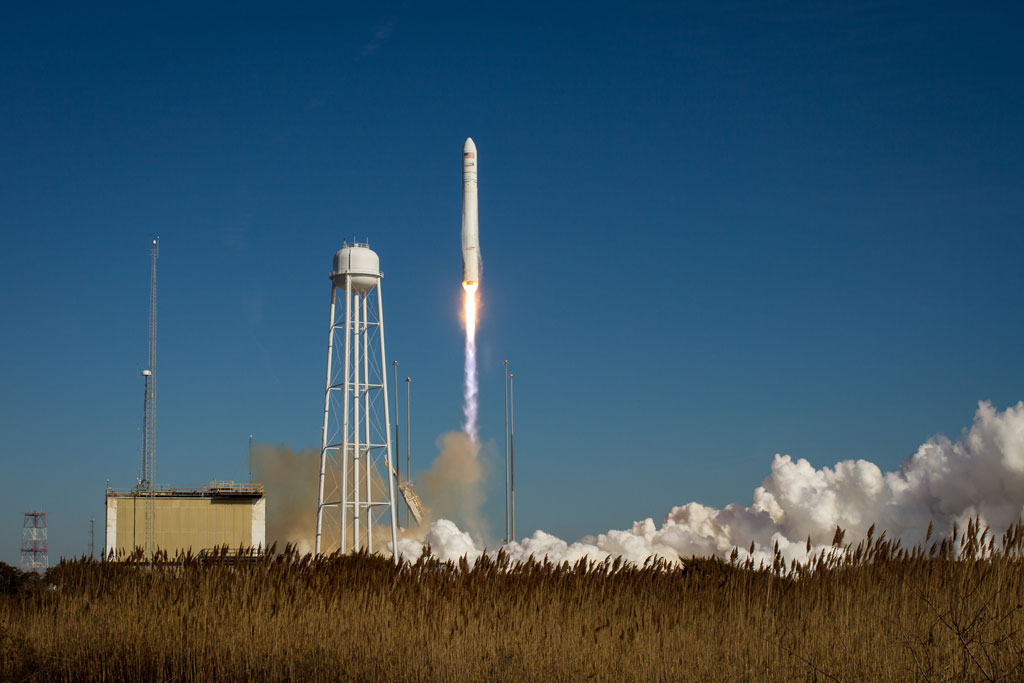By Damian Van Woerden (Contributor) – Email
Print Edition: October 1, 2014

NASA is at it again. Since it wasn’t headline news, I wouldn’t be too surprised if you didn’t know about their latest escapade. It seems America is willing to spend crazy amounts of money in order to plant the stars-and-stripes flag on the Red Planet. A new mission, costing $671 million in taxes, has put another piece of technology around Mars.
Following a 10-month, 711 million km journey, spacecraft Maven silently slipped into orbit around Mars on September 21, 2014 — only this time NASA’s new toy won’t be landing on the surface. Instead, it will orbit Mars and analyze the outer atmosphere. Maven will be recording solar wind data and looking for a source of water to figure out if Mars could be habitable for any form of life.
The question remains: Is NASA looking for water to find life, or are they looking to send life? To some, the idea of living in space seems out of reach. However, we already have the International Space Station, which houses scientists in space during their studies. Of course, it doesn’t take a 10-month trek across the outer reaches of space to get there, either.
The search for life-sustaining elements on other planets remains a controversial pursuit. NASA’s true objectives may remain hidden beneath an excuse for scientific exploration. In their terminology, NASA hopes to “colonize” Mars shortly after sending astronauts to explore the new landscape in the 2030s. They are also planning a permanent fixture on the planet for scientists to call their new home.
Sure, Mars is going to be colonized and analyzed for scientific reasons, but it is fair to assume there is a level of prestige that comes with being the first country to place boots on Martian soil. America is once again trying to establish a foothold in space. This is not just science; this is the dawn of a new era.
It’s only a matter of time before we have people living on another planet. In a sense, our world is expanding. Projects such as Maven are paving the way for future opportunity for life on Mars. Space is no longer a place where people dream to go; planets have become destinations.
As our world expands, space shrinks. Right now, Maven is simply analyzing if it’s even possible to live on Mars. It will be years before NASA actually attempts to land astronauts on the desert-like planet. Having said that, it is possible that one day we might actually see Martians — but they will look, act, and talk just like us.


